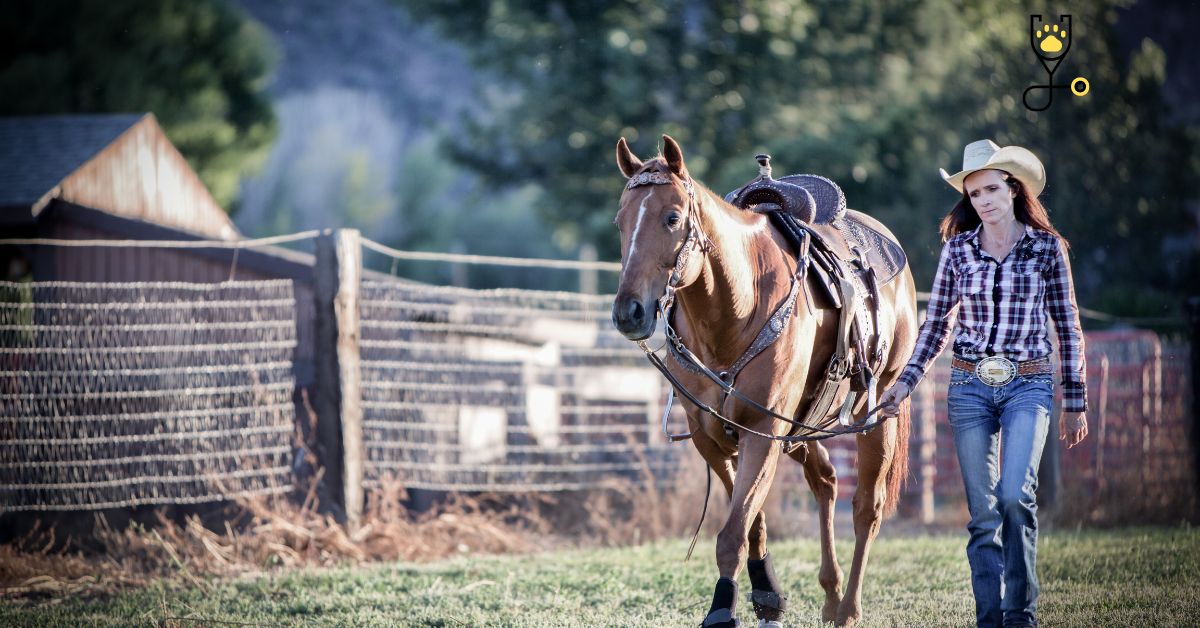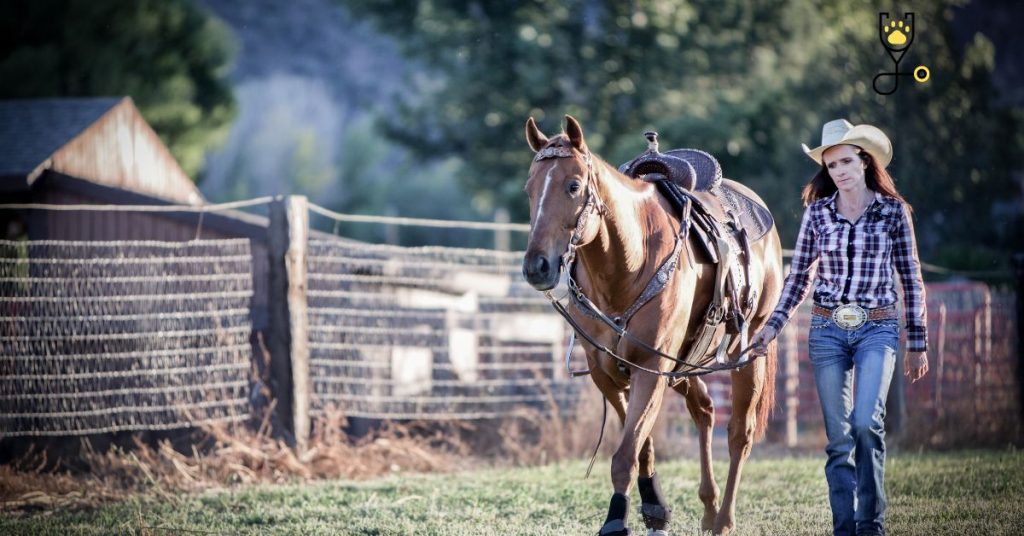If you’re a horse owner, then you know that leading your horse or pony is an important part of handling them. Whether you’re just taking them for a walk around the block or leading them in and out of the trailer, knowing how to do it properly is key. In this step-by-step guide, we’ll show you how to lead your horse or pony like a pro!
What do You need?
Before you set off, make sure you have the following items at hand:
• A halter or bridle with reins that fit properly
• A lead rope of suitable length and material
• Treats or other positive reinforcement
• Patience and a sense of calmness
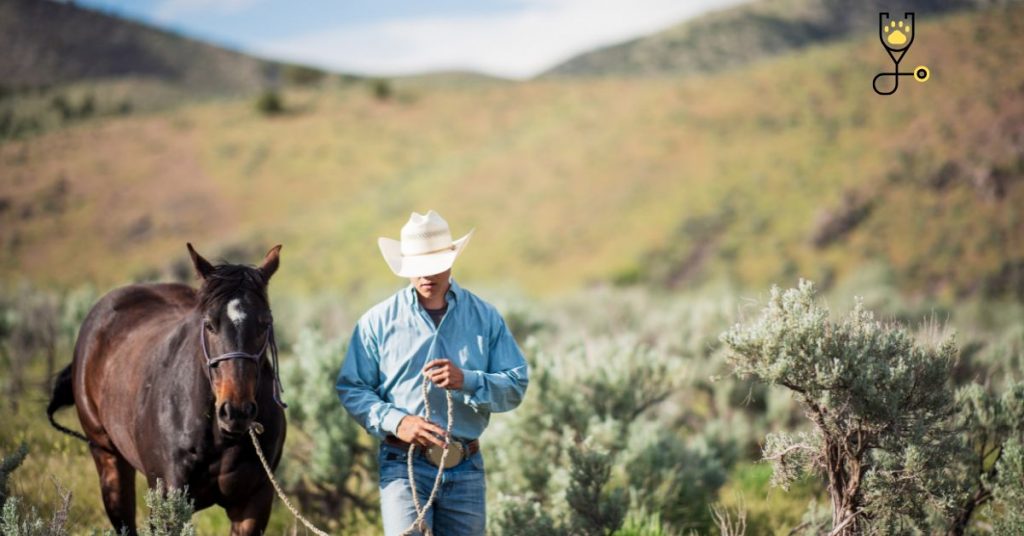
Why is It Important to Lead Your Horse or Pony?
1. Communication: Leading is a great way to communicate with your horse or pony. It builds trust, establishes boundaries, and becomes a form of non-verbal communication between you and the animal.
2. Safety: By leading your horse or pony you can help ensure their safety while they’re in unfamiliar territory. You can also make sure they don’t wander off and get into trouble.
3. Fun: You can make leading your horse or pony a fun experience by offering treats and positive reinforcement. This will help them associate being led with pleasant experiences, making it easier to lead them in the future.
4. Ease of Transportation: By leading your horse or pony, you can easily move them from one place to another without the need for a trailer.
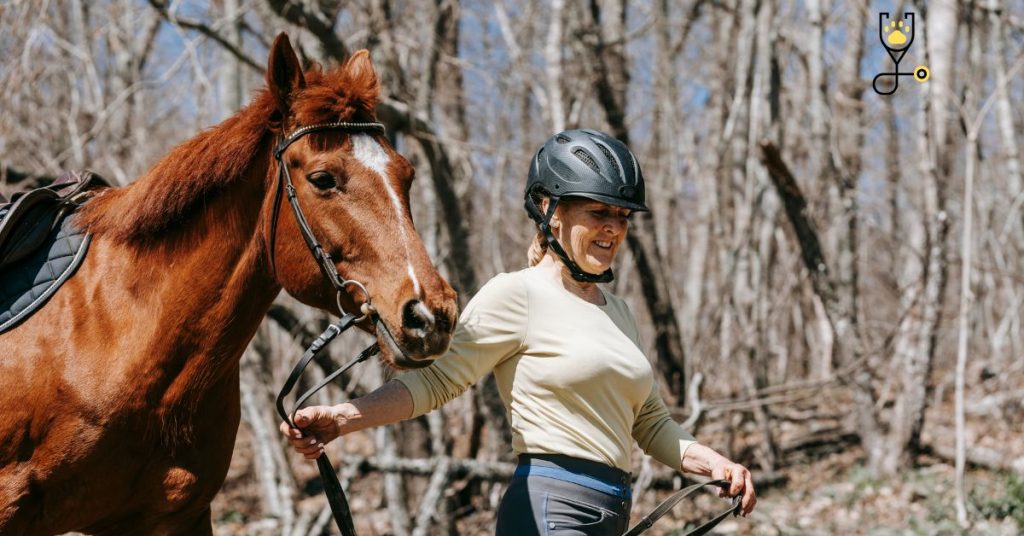
Step-by-step Guide to lead your horse
let’s get started!
1: Put the Halter and Lead on Your Horse or Pony
The first step is to put the halter and lead rope on your horse or pony. This can be a little tricky, as you want to make sure the halter fits correctly and is comfortable for them. Start by leading your horse towards you and slipping the halter over its head. Then attach the lead rope to the halter’s snap or buckle. Once everything is in place, give your horse or pony a treat to let them know they did a good job! Step
2: Stand Still Until They are Calm
Now that you have your horse or pony properly harnessed, it’s time to start leading them. Before you take any steps, take a few moments to stand still and let your horse or pony get used to the situation. They may be feeling a little anxious, so you want to give them time to settle down. Once they are calm and relaxed, you can start walking.
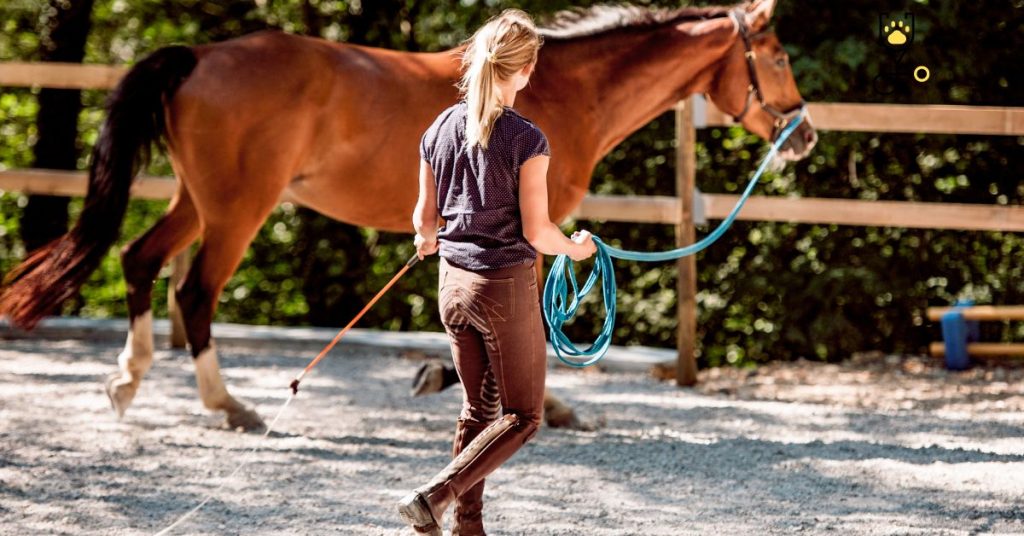
3: Lead With Confidence
Now that your horse or pony is ready to go, it’s time to lead them with confidence! As you walk, make sure that the lead rope is not too tight or too loose. You want just enough tension in the rope so they understand where you want them to go without making them uncomfortable. Keep your head up and shoulders back as you walk; this will help project an air of authority and help keep your horse or pony focused on following your lead.
4: Give Praise and Rewards
As you lead your horse or pony, make sure to give them plenty of praise and rewards. You can do this with verbal cues or by offering treats along the way. This will help keep them calm and focused on following your instructions.
5: Stay Calm and Be Patient
Finally, the most important part of leading your horse or pony is to stay calm and patient. Horses can sense when you’re getting frustrated, so if something isn’t going quite right, take a deep breath and try again. With some practice, you’ll be a pro in no time! Leading your horse or pony can seem intimidating at first, but with a few simple steps and some patience, you’ll be able to do it like a pro!
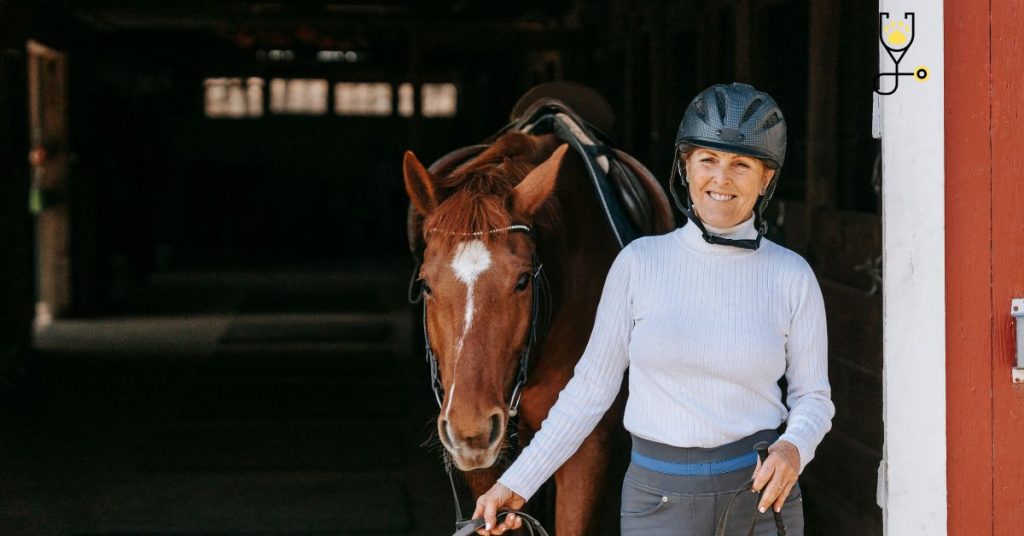
- Just remember to have all the necessary supplies on hand before you start, stand still until your horse or pony is relaxed, lead with confidence, praise them along the way and stay patient if something doesn’t go as planned. Once you get the hang of it, leading your horse or pony will become second nature! Good luck and happy trails!
Conclusion
Leading your horse or pony doesn’t have to be a daunting task. With the right supplies, a calm attitude, and some patience, you’ll soon be an expert in no time! Just remember to have all the necessary items on hand before you start, stand still until your horse or pony is relaxed, lead with confidence and give them lots of praise and rewards along the way. Most importantly, stay patient if something doesn’t go quite as planned – soon enough you’ll get the hang of it. Good luck and happy trails!
Frequently Asking Questions
Q: What type of halter should I use?
A: It’s important to choose the right type of halter for your horse or pony. Generally speaking, a nylon halter with plenty of adjustable straps is best. Make sure it fits comfortably before you start leading them, as an ill-fitting halter can be uncomfortable for your horse or pony.
Q: What if my horse or pony does not want to follow me?
A: If your horse or pony is resistant to following you, stay calm and try again. Praise them when they do what you ask, and give them plenty of treats along the way. If nothing seems to work, it may be best to consult an equestrian professional for further help.
Q: How often should I practice leading my horse or pony?
A: It’s never a bad idea to practice leading your horse or pony on a regular basis. Even if it’s just a walk around the paddock, getting your horse or pony used to being led will make the process smoother and less stressful for both of you. It’s also a great way to bond with your horse or pony!
Q: What should I do if my horse or pony starts bucking?
A: If your horse or pony starts getting agitated and begins to buck, remain calm and don’t pull on the lead rope. Instead, try and guide them in a different direction, or give them some time to calm down before trying again. It’s always best to consult an equestrian professional if you’re having trouble with your horse or pony’s behavior.
Q: What should I do if my horse or pony stops in the middle of a walk?
A: If your horse or pony stops in the middle of a walk, take a few moments to reassess the situation. Give them some verbal cues and try leading them again. If they don’t respond, it may be best to turn around and head back to the starting point. It’s important to be patient and consistent while leading your horse or pony – they will eventually learn!
